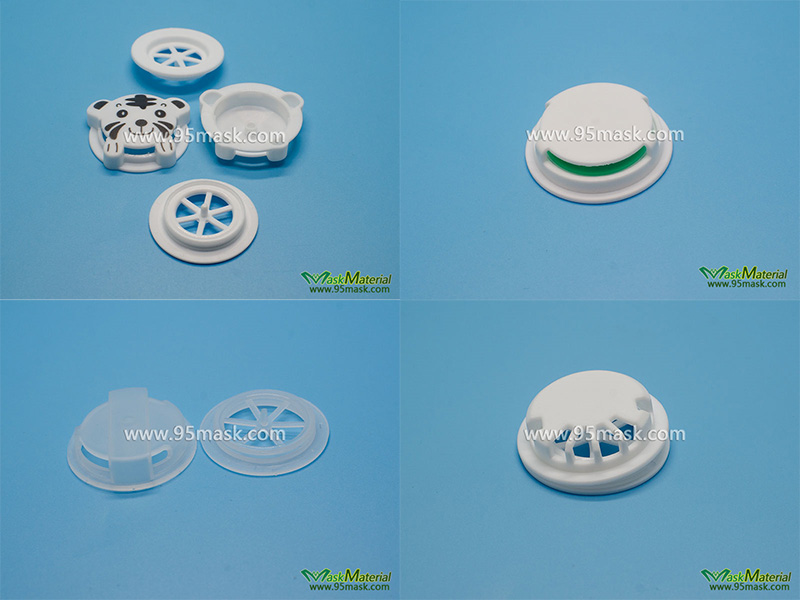What is an Exhalation Valve?
Source:mask materialDate:23-Apr-2024Exhalation valves are a feature commonly found in masks and respirators, especially those used in industrial settings or healthcare environments. The purpose of an exhalation valve is to facilitate easier breathing by allowing air to exit the mask without resistance, which can be particularly important during extended wear or strenuous activities.
These valves typically consist of a small, one-way flap or membrane that opens when the wearer exhales and closes when inhaling. By opening, the valve releases exhaled air directly from the mask, reducing humidity and heat buildup inside the mask. This can help improve comfort for the wearer and reduce the likelihood of moisture accumulating on the inside of the mask, which could otherwise lead to discomfort or fogging of eyewear.

However, while exhalation valves offer benefits in terms of comfort and breathability, they may not provide the same level of protection against respiratory hazards as masks without valves. This is because the valve allows unfiltered air to be expelled, which could potentially release infectious particles or contaminants into the surrounding environment. As a result, exhalation valves are often not recommended in situations where source control is essential, such as during a pandemic where the goal is to prevent the spread of respiratory viruses like COVID-19.
In summary, exhalation valves can enhance comfort and breathability in masks and respirators but may compromise their effectiveness in certain situations where respiratory protection and source control are priorities.
